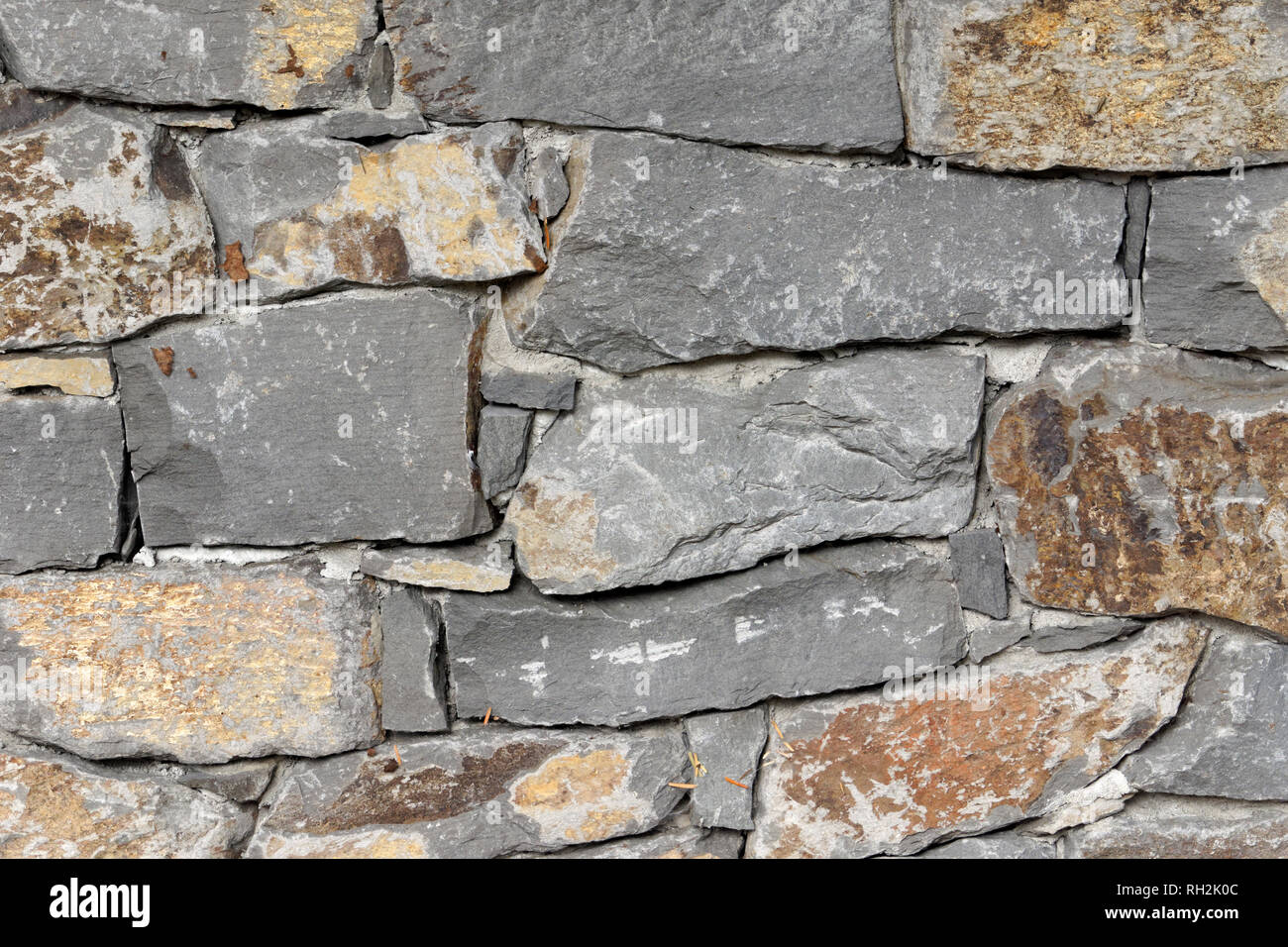

Snakes are carnivorous reptiles with highly mobile jaws, which enable them to swallow prey much larger than they are. This reptile has a skull which is not joined, the reptiles grow slowly and reproduce at a slow rate and have a prominent parietal eye on top of the head. The only exception to this exceptional skull mobility is the almost extinct tuatara, which only lives on a few New Zealand islands.

Squamates are the most diverse from all of the groups and have exceptional skull mobility. Extant reptiles are represented by four orders: Squamata (lizards, snakes and worm-lizards), Crocodilia (alligators and crocodiles), Chelonia (tortoises and turtles), and Rhynchocephalia (tuatara). There are two characteristics that early reptiles had developed when diverging from amphibians: scales and amniotic eggs (eggs with an internal fluid membrane), which are still of great importance for them. They are tetrapods that diverged from ancestral amphibians approximately 340 million years ago. Reptiles are one of the six main animal groups together with amphibians, invertebrates, fish, birds, and mammals. Skin from different species of reptiles, turtles (red-eared slider (Trachemys scripta elegans)), snakes (Emerald tree boa (Corallus caninus) and Burmese python (Python bivittatus)), Cuvier’s dwarf caiman (Paleosuchus palpebrosus), lizards (Leopard Gecko (Eublepharis macularius)), and Green iguana (Iguana iguana), were examined with histology techniques and compared. The color patterns may be fixed or the chromatophores may provide rapid color change. The colors of reptile skin are produced by melanocytes and three types of chromatophores: melanophores, xanthophores, and iridophores. Some reptiles have developed a sensitive mechanosensory system in the skin. In lizards and snakes, both keratins form continuous layers with the α-keratin below the β-keratin. In crocodiles and many turtles, the outer scale surface consists of β-keratin and the hinge region containing α-keratin. The cornified part of the epidermis is strengthened by β-keratin and sometimes α-keratin. In lizards and snakes, the whole skin is covered in overlapping epidermal scales and in turtles and crocodiles in dermal scutes.

An important part of the skin is the horny epidermis, with thick stratum corneum in which waxes are arranged in membrane-like layers. Reptilian skin is covered with scales forming armor that makes it watertight and enables reptiles to live on land in contrast to amphibians.


 0 kommentar(er)
0 kommentar(er)
